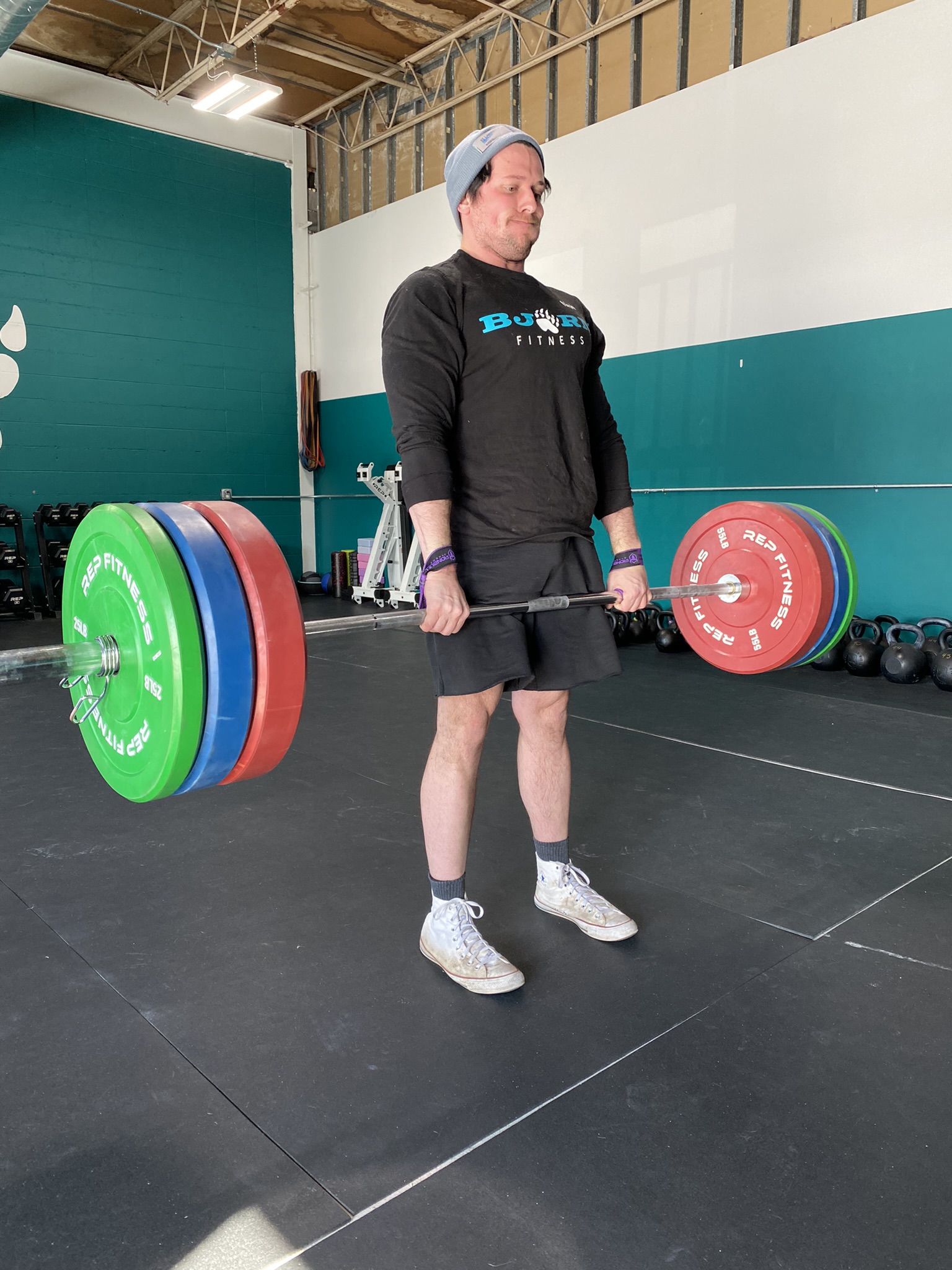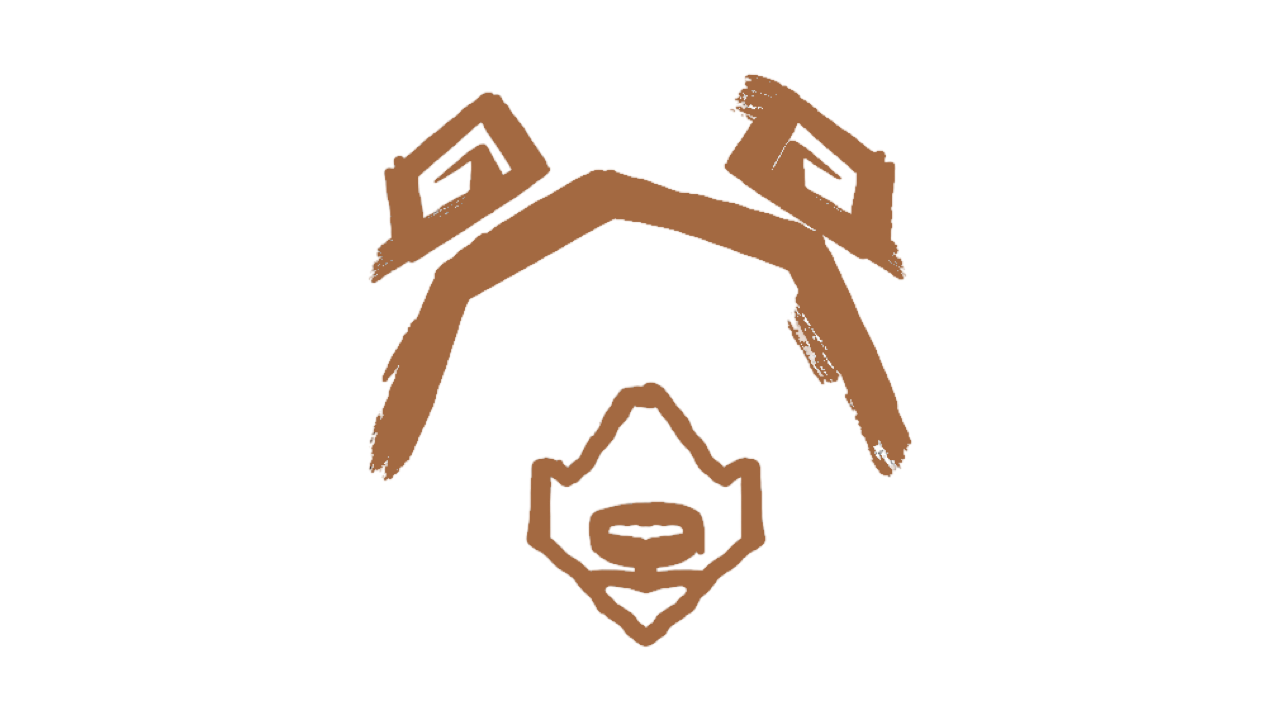You Should be Deadlifting
In this post I am going to show you
- Why you need to deadlift
- How to do a deadlift
- When and why a deadlift becomes dangerous
- What to do if you have a back injury and can’t deadlift
- Different types of deadlifts
TL;DNR
- The deadlift reduces the pain from our lifestyle by increasing the strength and size of the muscles in our “posterior chain” and thus increases our quality of life
- Get a coach to learn how to deadlift if you don’t want to read how, otherwise you gotta read that part
- The deadlift is dangerous when you don’t brace your core muscles and follow good form
- If you have a back injury and can’t deadlift, you need to strengthen the muscles that are weak as a result of not being able to do deadlifts.
- The different deadlift types are the Stiff legged (RDL), the Conventional, the Sumo, the Jefferson, the rack pull, the Reeve’s, the trap bar, and the single leg. A barbell is not the only tool you can use to do deadlifts.

When I started lifting, everyone hated deadlifts. “All risk” some prominent lifters would say, despite holding champtionship deadlift records. I sometimes wonder if they were trying to lower the pool of competitors at their next meet.
Fast-forwarding to my back injury, I was put out of lifting within my first year. I’m sure you’ve been there yourself. You may have gotten injured on the job, seated at a desk, or picking up the sofa. And now, you feel like your back will never get better, like it will always be in pain.
Before I commit here, I want you to know that deadlifts can be risky. The world doesn’t get to be black and white the way we want. Some of our vikings need to avoid them due to serious injuries they had in their youth. Others don’t know how to do them at all.
It is for these people only that the deadlift is dangerous. So you need to learn how to do them to protect yourself.
Why you need to deadlift
Your back is holding you upright all day. It holds you up as you sit in your chair. It holds you up as you walk around town ordering burritos and complaining about the weather.
Your back is doing someone else’s job.
That’s right, your back is doing the job your butt is supposed to do. Your glutes evolved to pull you upright (and to give you jogging endurance). Their purpose is to help us maintain an upright posture.
So what are your back muscles for? Stabilization (mostly). The back muscles along your spine are there to help create “the core” and to tug on some areas the glutes can’t reach alone.
So how did this happen? How did our puny back muscles take on the job of our bootys?
We’ve spent the majority of our lives sitting. Hell, I’m sitting while writing this blog! ‘
Sitting tightens our hip flexors and lengthens our lumbar spine.
Sitting upright tightens our hip flexors more and tightens our lumbar spine almost to a lock.
The result is that when we stand up our lower back is so used to being tight that our back arch becomes exaggerated.
And then our bootys stick out like a middle schooler’s does once they learn that having a big booty is “in” these days.
This “anterior pelvic tilt” is also known as “bad news” as we get older. Everyone who has an excessive pelvic tilt complains of pains in their lower back at some point.
The sad thing is, this means that they have weak glutes (even if they look nice sticking out like that!).
You need a way to strengthen the glutes to actually fix this muscular imbalance.
And guess what, it’s gonna suck a bit. It’s going to ache a bit, and then one day you’ll notice that your back doesn’t hurt like it used to.
For proof, I injured my back as a kid jumping off a roof, then again in my twenties doing an exercise wrong. About 80% of my daily life growing up was achy. Now it’s about 20% of my week, and only on the days that I spend all day sitting. Deadlifts saved my back, and they can save yours!
How to deadlift



Contrary to what you think, if the bar is under 135lbs and you are between the ages of 25 and 65 it is not too heavy.
There is no reason you can’t lift that much and more unless you aren’t bracing your core in good form.
That means that if you are achy for more than a week after performing any deadlift under 135lbs, you are either:
-
not used to the weight,
-
not sure yet how to brace and drive the weight in good form,
-
or you have a previous injury.
Let’s make you a deadlift master.
The “conventional deadlift” is done by placing your feet shoulder width apart with the bar directly above your shoelaces (if your wearing shoes).
Your arms, locked vertically, grab the bar on either side of your legs at an equal distance from the center. From here, they’re just along for the ride, and need to be tight.
Your back will round if the bar is heavy, but the spine needs to be kept as neutral and straight as possible.
This means everything from your neck to your hips needs to feel tight. It should feel as if you’re squeezing every muscle in your back.
Your belly is also kept tight as if you are bracing for a hockey punch.
From here, you need to “wedge” your hips, which causes your weight to shift towards your heels.
If you’re using bumper plates (the colorful ones) you’ll hear a click from the barbell when it’s ready to be lifted. This stage is also called “putting slack into the bar”.
From here, you need to do three things:
-
Push your hips forward
-
Press your feet into the ground as hard as you can
-
Lead yourself upright with your chest.
At the top you should look and feel like a conqueror.
Then, slam that thing (safely) to the ground. It is important to note that controlling the deadlift on the way down is not always safe. It is also not necessary unless you are an advanced lifter (6+ years of lifting).
Reset only if you need to for the next rep. The heavier the bar, the more likely it is that you’ll need to reset.
Common mistakes:
-
Not bracing your core muscles (no tight belly or back muscles)
-
Yanking the weight instead of pushing continuously through your feet
-
stopping too early or hyper-extending at the top
-
Grabbing the bar too wide or too narrow
-
Bending the elbows
-
Shrugging at the top for no reason at all
When it gets dangerous
the most dangerous movement for the spine is flexion with rotation underload, and we don’t do this in barbell training.
-Mark Rippetoe
A deadlift is how you pick up just about anything ever. You’ve been doing it wrong your whole life because someone told you to “lift with your legs” or to “do a team lift”. Whatever either of those two things mean.
I’ve seen expert lifters throw their back out picking up a 15 lb infant. Spines are very easy to hurt.
Assuming you’re under 45 it can be dangerous when you go too heavy (200+lbs) with bad form, or when you have a serious injury.
A loose belly can hurt it too.
You also want to make sure that you’re not arching your spine too much. An excessive arch can cause all the force of the lift to sit on your lower back.

What it looks like when you throw your back out
What if your doctor says to never deadlift?
-
Seriously question whether your doctor knows what they’re talking about
-
A lot of doctors don’t lift weights and assume they’re right about everything.
-
They aren’t and you should get a second opinion just in case
-
-
Deadlifts are a general treatment for a lot of lower-back related issues including
-
sciatica,
-
herniated discs,
-
and pinched or damaged nerves.
-
-
-
Find alternative lifts that strengthen the
muscles the deadlift works on-
It needs to
-
extend the back to some degree
-
Target the glutes and hamstrings
-
Stretch the hip flexors
-
Strengthen your core
-
-
So what are a few lifts that together
do all of the above?
-
Hip thrusts
-
Glute/Ham extensions
-
Lunges
-
Loaded Carries
-
Squats
-
Long walks through town
Even if you can’t deadlift, you need to be able to maintain the strength within your posterior chain to be able to live an active lifestyle. It is vital you keep these muscles strong as you age!
What other deadlifts are there?
There are a ton of different types of deadlifts. The two most known are the Conventional and Sumo deadlifts. The conventional deadlift is the one we perfomed above.
Deadlifts can be done in all sorts of variations and with all sorts of equipment. You can use a trap bar, a kettlebell, or even dumbbells. Below are some barbell variations and the kettlebell swing (which, yes, is a deadlift!).



Kettlebell swing
Rack Pull
RDL



Reeve’s
Jefferson
Sumo
I hope you know now how useful the deadlift (or at least strengthening your posterior chain) is.
If you don’t want to miss future posts I send an email out about this stuff daily that you can subscribe to by going to the bottom of this page.
I never push ask you to buy anything in those emails. I write them to help you on your journey.
Hope it helps.
